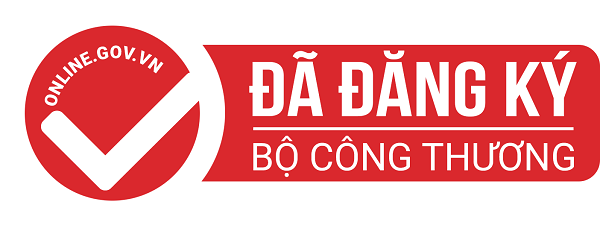Online consumers increase in quantity and quality According to VECOM's report, in the general difficulties of the economy, the e-commerce sector continues to maintain a fast and stable development momentum.
In 2021, Vietnam's e-commerce will achieve a growth rate of over 20% and reach a scale of over 16 billion USD. This rate will be much higher in 2022 thanks to the good control of the Covid-19 pandemic and the growth drivers from the second wave. The second wave of e-commerce taking place from June to September 2021 coincides with the fourth wave. During these two waves, all socio-economic activities were stagnant, e-commerce business was seriously affected, but many merchants made efforts to digitalize to seize business opportunities. new. At the same time, online consumers increased dramatically in both quantity and quality. The second wave resonates with the first wave, which will promote faster and more solid e-commerce development.
EBI 2022 report assesses the emergence and development of platforms to support buying and selling in the community (Social Commere) that can create a new trend to strongly promote the online retail sector in the coming period in the country. customers, increasing the shopping experience of customers and creating many new jobs in every locality. For example, in many areas with high population density, such as apartment buildings, some residents have applied social networks to create a close community of online shopping customers. These residents are usually housewives or people who have free time and want to increase their income outside of their main job. The most commonly purchased items under this model are food, health care products, and household appliances. In fact a certain percentage of these residents became traders and after the fourth outbreak they continued to do business successfully. With the community buying and selling model, the power of e-commerce can shift from manufacturers and distributors to a large number of individual sellers and can create a new revolution in retail. goods and services online. The development trend of the community buying and selling model in Vietnam is similar to that of developing countries pioneering in e-commerce.
Narrowing the digital divide between localities However, EBI also emphasized that the rapid development of e-commerce in our country depends greatly on the ability to attract investment capital to platforms in the online business ecosystem as well as high-quality human resources. . This year's report has analyzed more closely these two necessary conditions for e-commerce in the coming period. In particular, the lack of and weak e-commerce human resources is the main reason leading to the inappropriate choice of domain names as well as the very low operating efficiency of local e-commerce platforms. City. Ho Chi Minh and Hanoi are the localities that have suffered the heaviest blockade to prevent Covid-19 but continue to lead in e-commerce. Meanwhile, localities in the northern mountainous areas, the Central Highlands and the South West have significantly lower e-commerce development levels than the national average.
In addition, many e-commerce floor operators have almost no staff trained in e-commerce. On a national scale, attracting more foreign and domestic investment into e-commerce platforms is just a necessary condition for strong growth in the coming period. High-quality human resources in e-commerce at millions of small and medium enterprises as well as business households across the country is one of the decisive factors for the rapid and sustainable development of e-commerce. our country in the coming period. With the above situation, in the next period VECOM will continue to propose agencies, organizations and businesses interested in supporting localities to narrow the digital gap in general and e-commerce in particular.
The e-commerce index will be aggregated from three component indexes, including Human Resources and Information Technology Infrastructure (NL&HT), Business-to-Consumer E-commerce Transactions (B2C), and Business-to-Consumer (B2C) transactions. Business-to-business (B2B) e-commerce transactions.
Source: Viet Anh - https://congthuong.vn/




